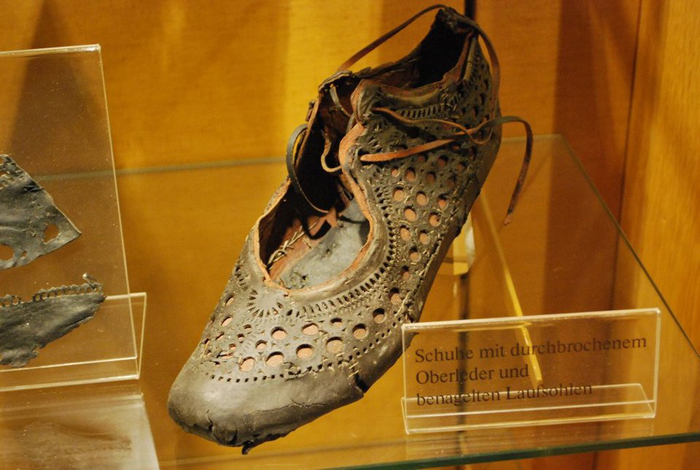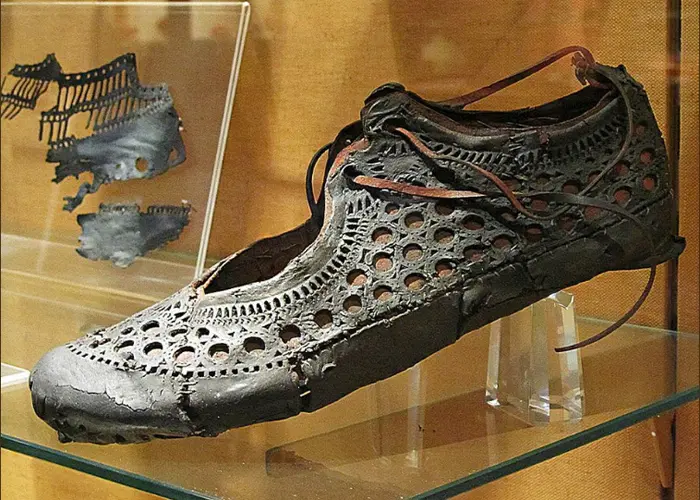Over the centuries, the evolution of fashion continues to flourish and it may never seem to stop changing. Year after year, new trends are being introduced. And the fashion trend right now may become out of fashion next year or even tomorrow. However, there’s only one fashion item that virtually hasn’t changed since the earliest times. Over 40,000 years ago, animal skins or furs are wrapped around the feet to serve as protection. As centuries passed, people discovered the efficacy of leather material in making more durable footwear. But it was not until the Early Middle Ages that fashionable footwear were introduced. You don’t believe us? Then let this 2000-year-old Roman shoe speak the truth.

This fashionable shoe was found in a well at The Saalburg park in Germany. The Saalburg is a Roman fort situated on the ridge of the Taunus, northwest of Hesse, Germany. It serves as a cohort fort for Roman citizens until the 3rd century when political and economic crisis forced it to close down. At present, The Saalburg is serving as a major archaeological site where Roman artifacts are quarried from every point. A museum was built to contain and display artifacts such as military equipment and household items. The museum’s latest addition is this 2000-year-old Roman shoe that was extracted from a well in the area.
You probably find it hard to believe that this fashionable women shoe dates back a couple of millennia ago. Of course, we’ve seen modern shoes of this design and quality. With its stylish patterns and intricate embroidery, everything about it speaks modernity. But just like we said earlier, footwear fashion hasn’t changed that much over the centuries. Hobnail shoes, leather and laces are typical of ancient Roman footwear which have been adapted for generations.
This 2000-year-old Roman shoe features heavy-duty leather and exquisite craftsmanship

The stylish design of the newly-discovered artifact indicates that the owner must have been a wealthy woman of high status. During the Middle Ages, shoes have been a symbol for wealth and social status in both men and women. Well, that trend is quite the same even now. But the discovery of this 2000-year-old Roman shoe shows that nothing much have changed in the fashion choices between the past and the present.

